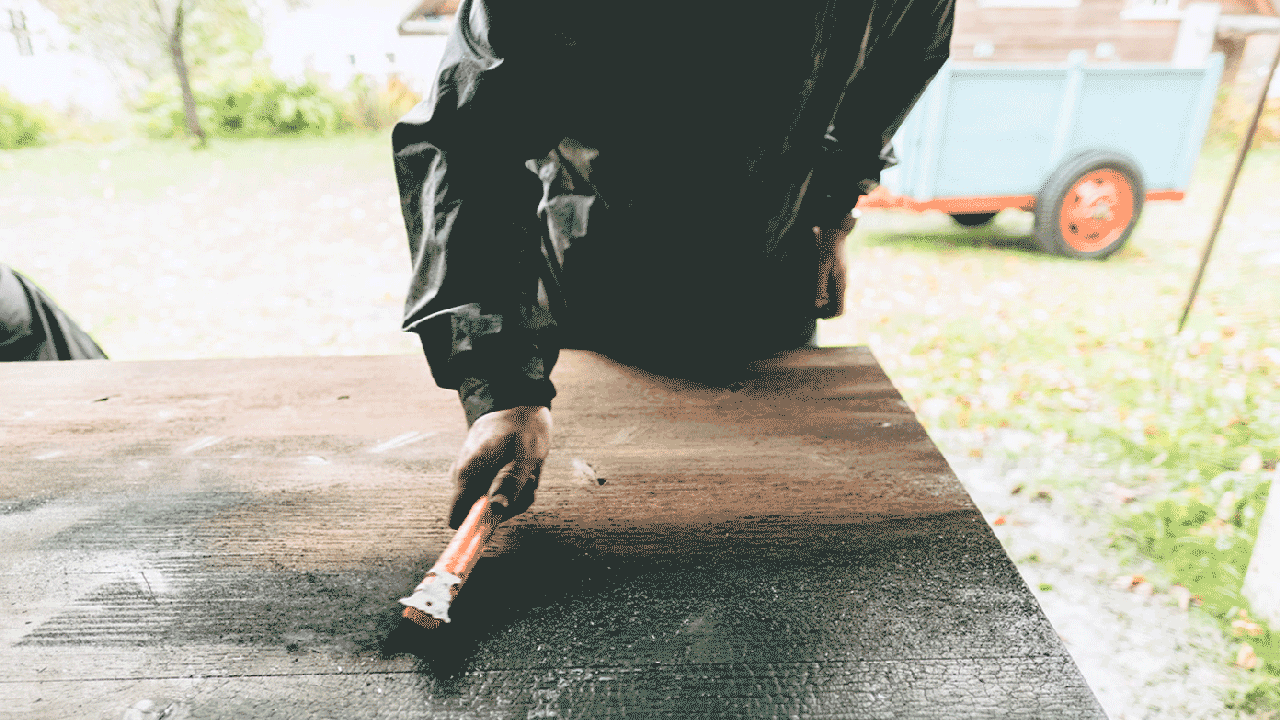Chipboard for floors was introduced as it's cheaper to buy than real wood, and quicker (therefore cheaper) to install.
Nothing about its introduction was based on it being a better material. If you look at furniture, it's the cheap stuff that's made from chipboard, and as the makers seek to bring ever cheaper products to market some of it is little better than Weetabix.
Stuff sold for flooring will of course be better than what the volume makers of flat-pack furniture use, but even so I'm not a fan of it as a material, nor a fan of large panels for floors because of access problems later (which is why they sell solid board cutters & plugs...)
Nothing about its introduction was based on it being a better material. If you look at furniture, it's the cheap stuff that's made from chipboard, and as the makers seek to bring ever cheaper products to market some of it is little better than Weetabix.
Stuff sold for flooring will of course be better than what the volume makers of flat-pack furniture use, but even so I'm not a fan of it as a material, nor a fan of large panels for floors because of access problems later (which is why they sell solid board cutters & plugs...)
Last edited:



